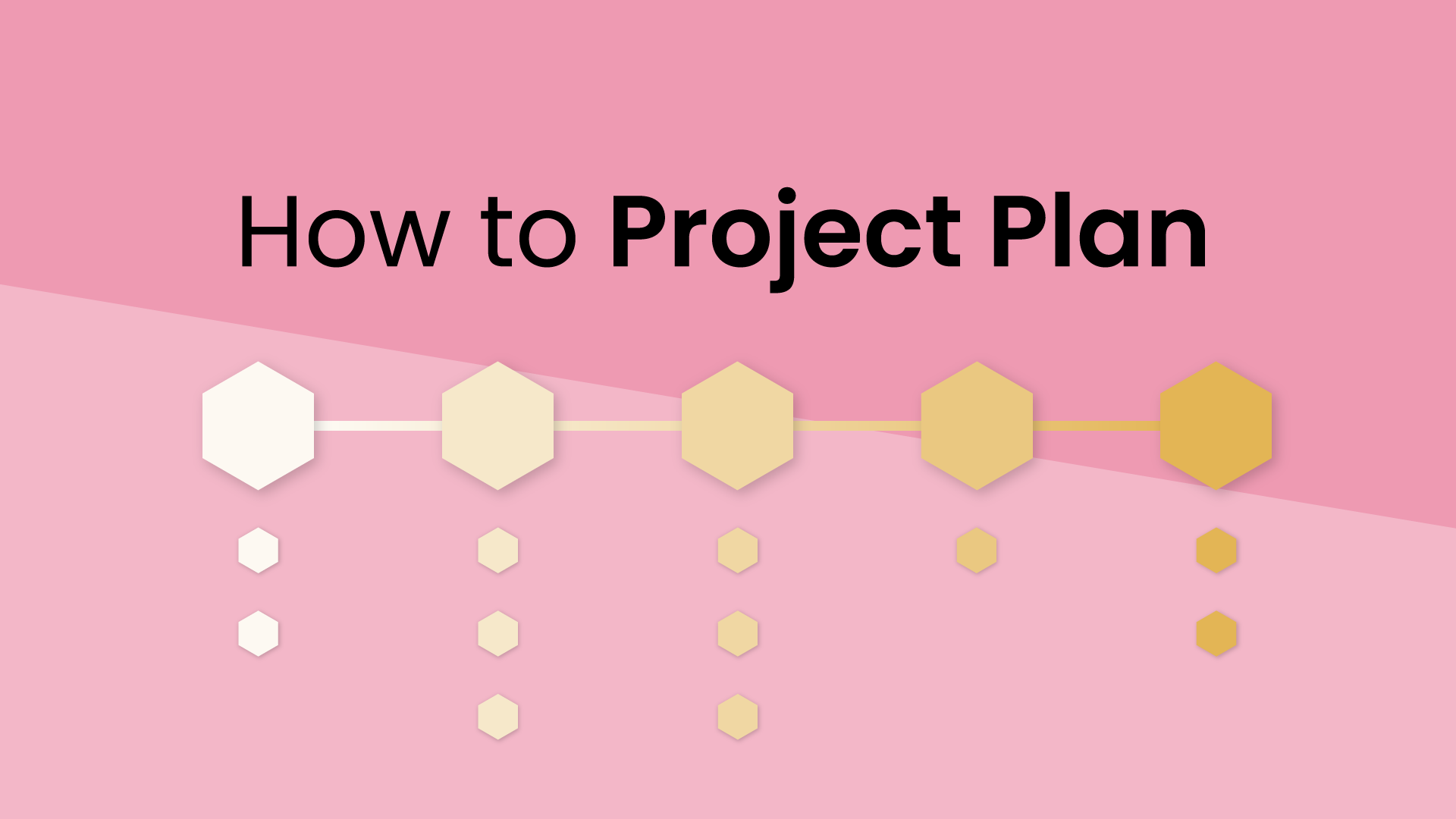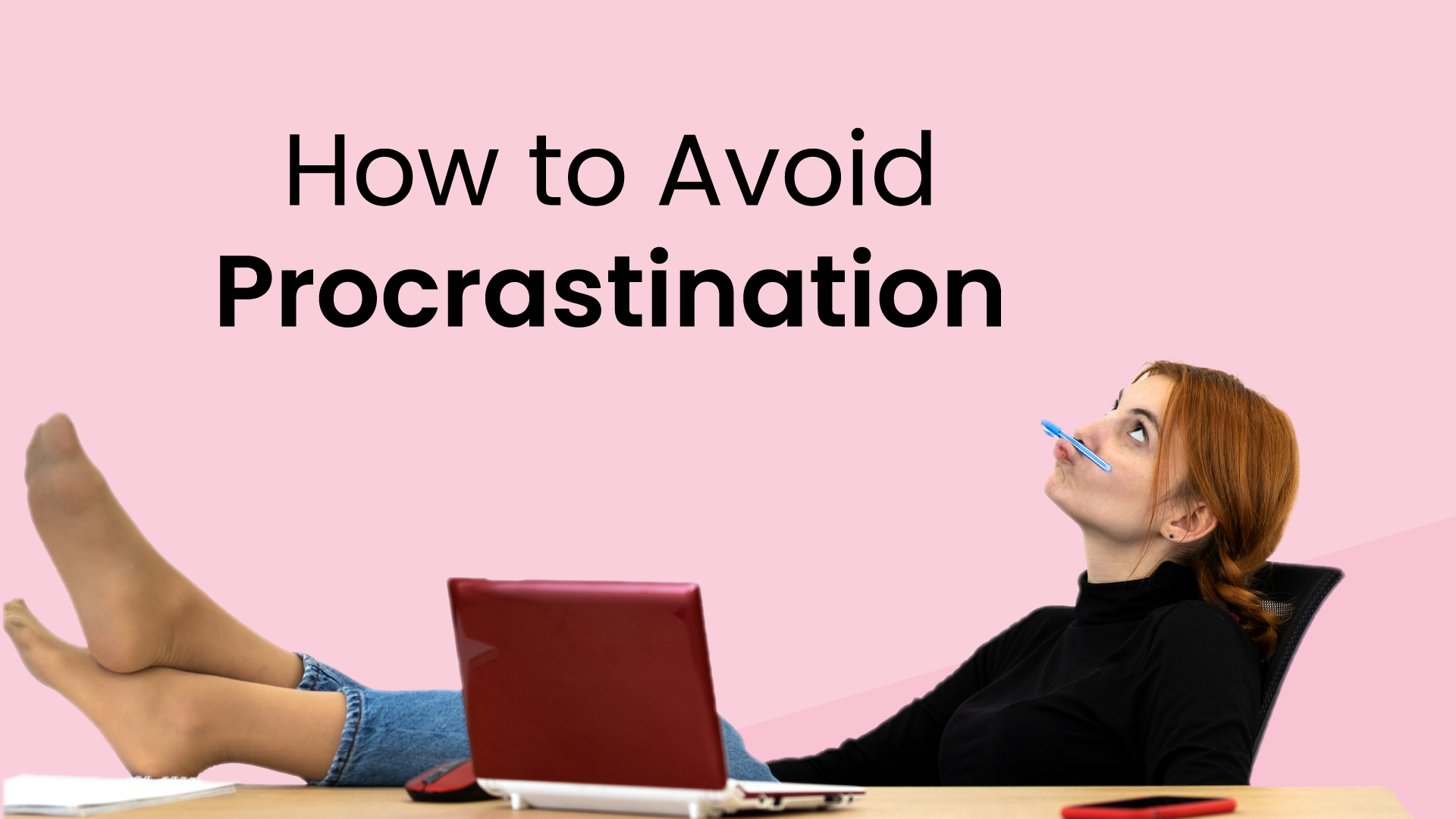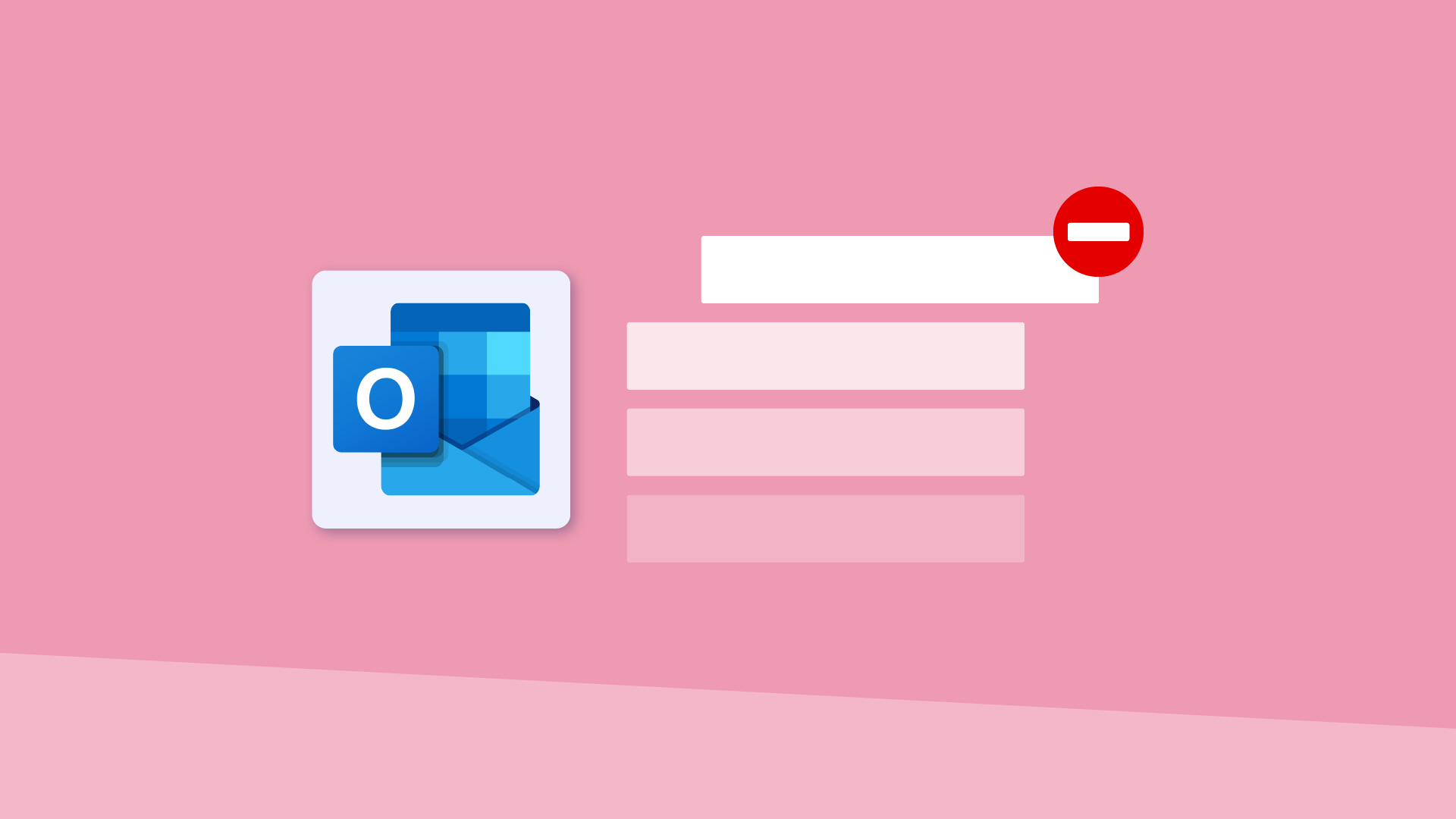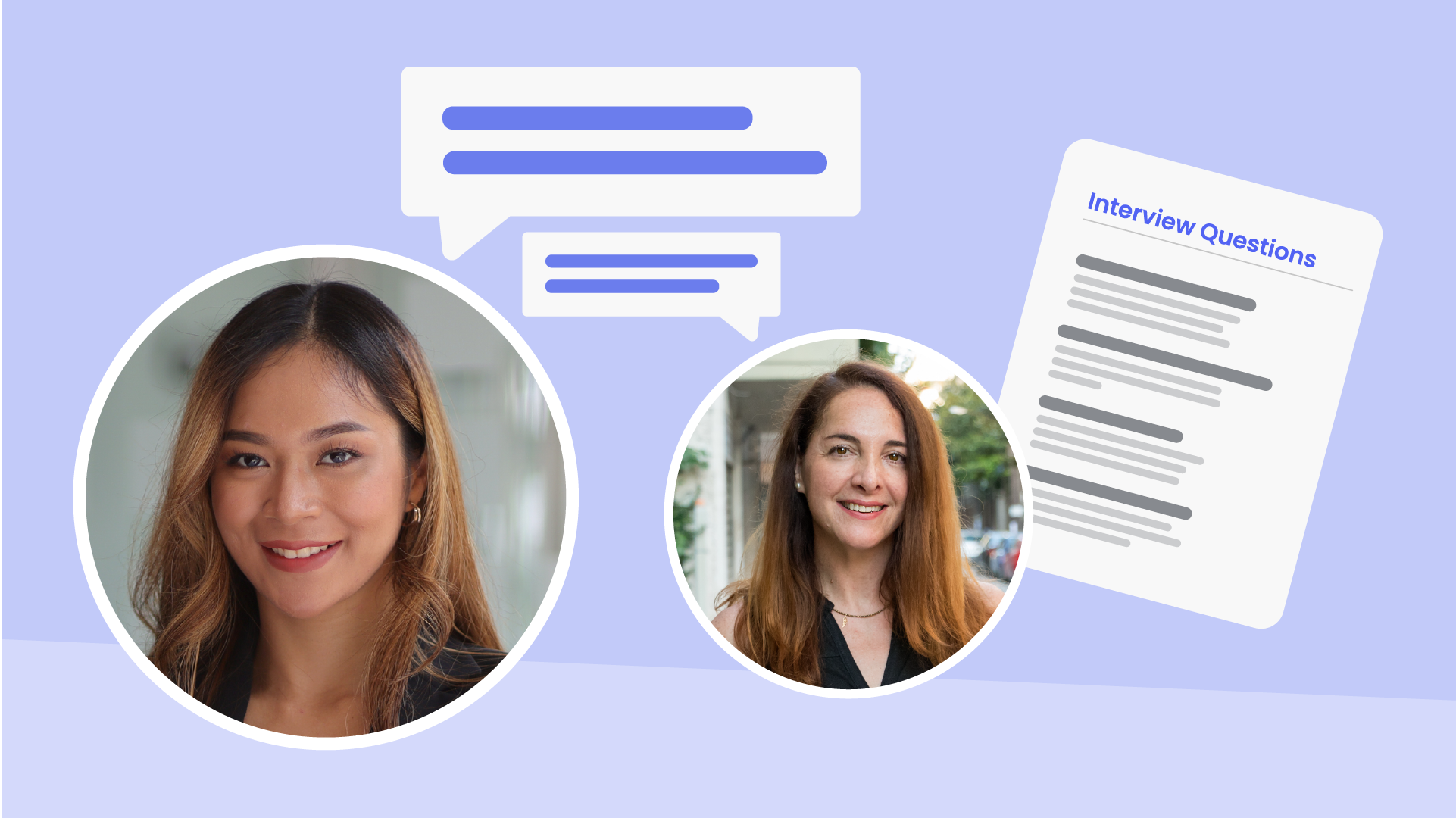

Anxiety is an all-too-familiar and unwelcome experience of being human. Virtually everyone will feel it, in some form or another, throughout their lives. And despite its unpleasantness, anxiety has served us very well in our evolutionary history. It kept our ancestors alive – primed to notice and respond to threats before it was too late.
But we've come a long way since our cave-dwelling days. And the problem is, your brain hasn't gotten the memo yet. Modern-day concerns can trigger the same anxiety, and ironically, those feelings aren't all that dissimilar from our ancestors' fear of a potential predator lurking in the shadows.
For example, an unexpected meeting from your boss popping up on your calendar may be a threat (and cause anxiety as a result), but it's unlikely the life-or-death situation your emotions are suggesting it is.
So in a modern context, anxiety can often be counterproductive, especially if you’re one suffering from anxiety disorders. If we're overly stressed and worrying about every little thing, it becomes incredibly challenging, if not impossible, to perform well. And this affects us both at work or in our personal lives.
However, mental health professionals have long advocated for grounding techniques to help individuals calm down and alleviate anxiety when it starts to spiral. One of the simplest, yet most effective, of these panic and stress management exercises is called the 54321 method (sometimes stylized as 5-4-3-2-1 grounding technique).
In this article, we'll explore the 54321 grounding technique. Whether you're experiencing a full-blown panic attack or simply feeling overwhelmed by daily stressors, the 54321 exercise serves as a means to calm the storm brewing in your mind.
What is the 54321 method?
The 54321 technique is a simple yet effective grounding exercise to calm anxiety by bringing your focus to your immediate senses and the present moment.
Like any grounding technique, the 54321 method can act like an anchor to provide stability to the here and now. They work by engaging our senses and shifting our focus away from distressing thoughts and feelings. It's as if you're hitting the “pause” button on your anxiety provoking thoughts before they spiral out of control.
So, what about this one, then? Well, the 54321 method provides a structured way to tap into each of your five senses, creating a multi-sensory experience that fully immerses you in the present. It looks a little something like this:
5 things you can see
First and foremost, the 54321 technique starts with what you can see. Look around your immediate surroundings and pick out five distinct things. Maybe it's the sunlight streaming through the window, the vibrant colors of a painting, or the intricate details of a leaf.
It could even be rather mundane things like pencils on your desk, the shadows along the wall, or your morning cup of coffee.
4 things you can touch
From there, we move on to our sense of touch. Identify four things you can feel. Again, it doesn't necessarily matter what it is. It could be the keyboard under your fingers, the clothes on your back, the seat you're sitting in, or the air on your skin. You could wrap your fingers around your coffee mug and feel the warmth.
3 things you can hear
Now, after seeing and touching, start to listen to the environment around you. What do you hear? Find 3 distinct things as you did before with the other senses. The chirping of birds, the hum of an appliance, the rustling of leaves, or even the rhythm of your own breath can all ground you in the moment.
2 things you can smell
Next, take a deep breath and choose two distinct scents. It could be the aroma of your freshly brewed coffee, the fragrance of a candle, the earthy scent of rain, or even the subtle smell of your own shampoo.
1 thing you can taste
Finally, focus on your sense of taste. Perhaps there's a lingering flavor from a recent meal, the minty freshness of toothpaste, or simply the neutral taste of water.
If you find yourself overwhelmed with anxiety, going through each number of this method, one by one, can help you disconnect momentarily and reset. Anxiety and stress are often fueled by a vicious cycle in your thoughts. Something triggers anxiety, you dwell on it, and then start thinking about related issues, which further amplify your anxiety, leading you to think about even more anxiety-inducing things, and so on. Eventually, you're spiraling and unable to focus your mind on anything else.
But this simple exercise can interrupt that cyclical pattern of thoughts, which, in turn, can help you calm down. Overthinking almost always leads to negative thoughts. And the 54321 technique can help you stop overthinking, calm you down, and get back to it.
When to use the 54321 method
So, when's the best time to use the 54321 method? How anxious is anxious enough to warrant a grounding technique?
Well, the 54321 technique, as you can see, isn't super demanding. It can be completed in just a few minutes – so, it's very versatile, simple grounding exercise that can be used for all sorts of anxieties:
- Panic attacks: When a panic attack strikes, your mind and body can feel completely out of control. The 54321 method helps you regain a sense of grounding and control by anchoring you to the present moment.
- Social anxiety: Social situations can trigger feelings of self-consciousness and overwhelm. Practice the 54321 technique beforehand or discreetly during the event to manage anxious thoughts and stay present.
- Phobias: When facing a feared object or situation, grounding yourself in your immediate surroundings can reduce the intensity of your fear response.
- Generalized anxiety: If you experience persistent worry and anxiety, incorporate the 54321 method into your daily routine. Regular practice can help manage baseline anxiety levels and cultivate a sense of calm.
- Stressful situations: Public speaking, exams, job interviews, and other high-pressure situations can trigger anxiety. Use the 54321 technique to reduce stress and improve focus before or during these events.
- Anytime, anywhere: One of the beauties of the 54321 method is its portability. You can practice it anywhere, anytime – on the bus, at your desk, or even waiting in line. It's a discreet way to manage anxiety on the go.
A little more about grounding techniques
As we mentioned, the 54321 method is a grounding technique. It's a very powerful one at that but it's not the only one out there (deep breathing or mindfulness meditation, for example).
Simply put, a grounding technique is a coping strategy used to bring someone back to the present moment, particularly during periods of heightened anxiety or distress. They are simple yet effective strategies that help you re-establish a connection with the here and now. They involve focusing on your physical sensations or surroundings, interrupting the cycle of anxious thoughts and feelings.
Grounding techniques work because of their interaction with the parasympathetic nervous system, also known as the "rest and digest" system. Specifically, a grounding exercise like 54321 calms the nervous system and counteracts the body's fight or flight response triggered by anxiety.
Anxiety often involves rumination, where we get caught in a loop of negative thoughts. Grounding techniques disrupt this cycle by redirecting attention to tangible experiences in the present.
While research on grounding techniques is still evolving, it does suggest several potential benefits:
- Reduced anxiety & stress: Several studies have demonstrated the effectiveness of grounding techniques in reducing anxiety symptoms and promoting relaxation.
- Improved mood: Grounding techniques can help shift your emotional state, leading to a more positive outlook.
- Enhanced focus & concentration: By bringing you into the present moment, grounding techniques can improve your ability to focus and concentrate.
- Better sleep: Research suggests that grounding techniques may contribute to improved sleep quality.
Grounding techniques are not a cure for anxiety, but they are a valuable tool in your coping toolkit for a calmer mental state. By practicing them regularly, you can develop greater resilience and navigate the challenges of anxiety with more ease.
Productivity Trends Reports
Ready for an
AI calendar?
Auto-schedule focus time, meetings, & breaks on Google Calendar + Outlook Calendar.
Start scheduling →It's free! 🎉


















.png)












